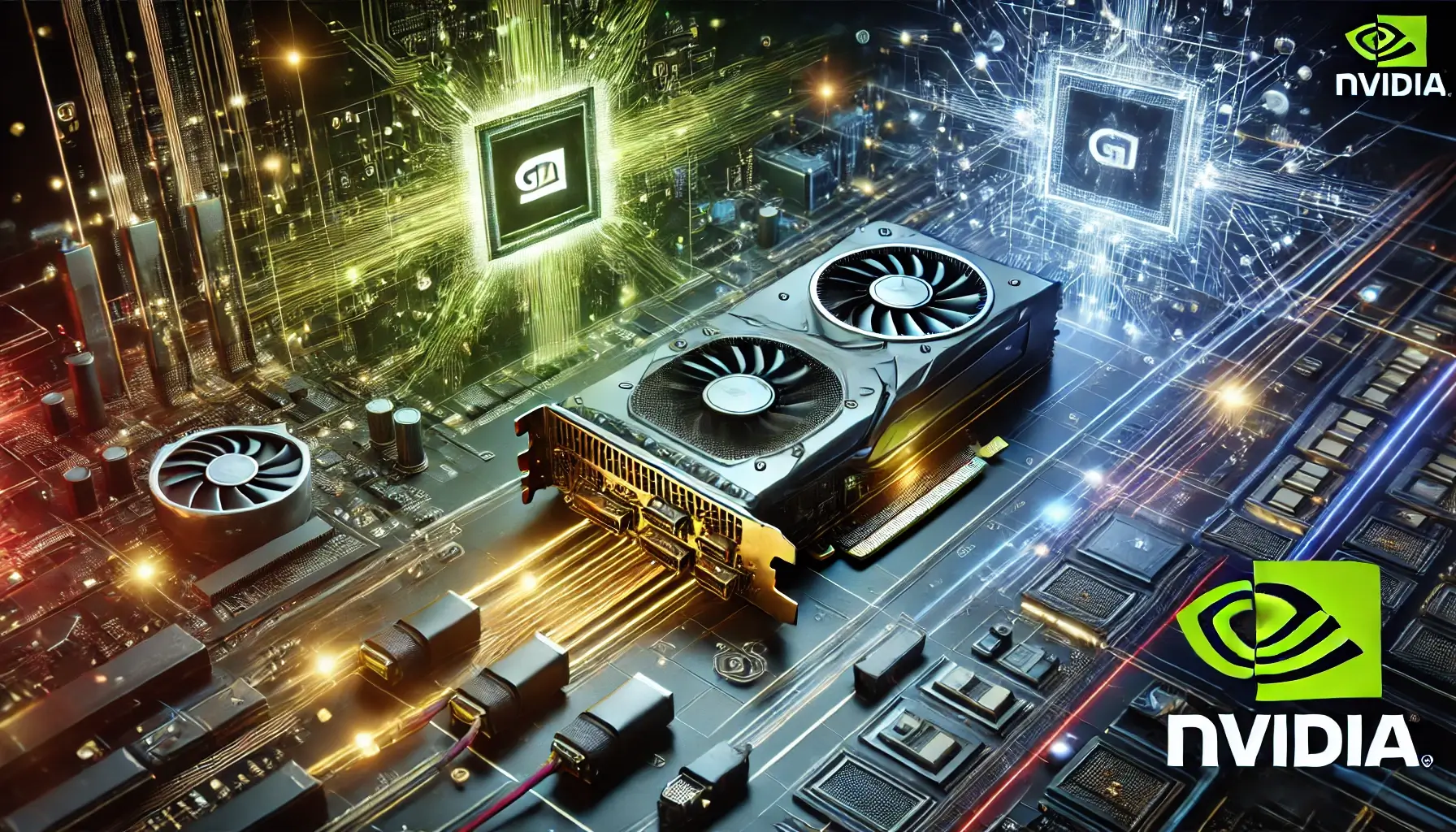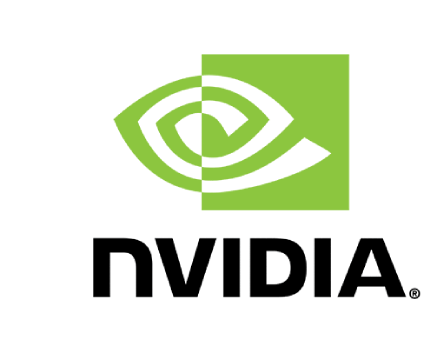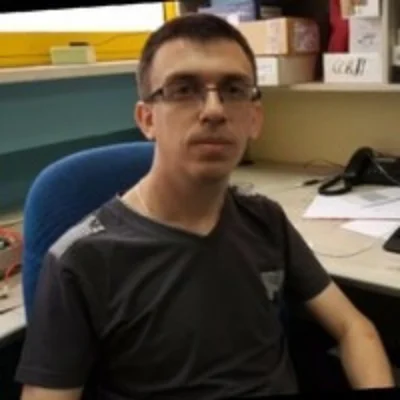
While having access to an Nvidia GPU is beneficial for practice, we provide cloud-based GPU instances for all students during the course.


Nvidia GPUs Course
Explore the world of parallel computing with our comprehensive Nvidia GPUs course. This program equips you with the knowledge and skills to harness the computational power of Nvidia's Graphics Processing Units (GPUs). Whether you're a software developer aiming to accelerate applications, a data scientist looking to speed up machine learning models, or a graphics programmer advancing real-time rendering, this course provides the expertise to leverage Nvidia GPUs across a range of applications.
Nvidia GPUs have transformed the computing landscape since their introduction in 1999, evolving from specialized graphics processors to general-purpose parallel computing engines. The introduction of CUDA in 2007 marked a turning point, enabling developers to use the GPU's parallel processing capabilities for non-graphics applications:
The demand for professionals skilled in Nvidia GPU architecture and programming has grown across these industries. By mastering Nvidia GPUs, you gain the ability to solve complex computational problems and drive innovation across multiple fields.
As we face increasingly data-intensive and computationally demanding challenges—from creating photorealistic real-time graphics to training large AI models—proficiency in GPU computing has become a critical skill. GPU experts are at the forefront of technological advancement, making it an impactful and intellectually stimulating field to enter.

Alex Shoihat
Head of Machine Learning Departments
Alex holds a B.Sc. in Information Systems and an M.A. in Electrical and Electronic Engineering.
As a Machine Learning Engineer at Embedded Academy, Alex specializes in the field of artificial intelligence, applying over 13 years of experience in project development, management, and transitioning from development to production in various domains such as Linux Embedded.
Throughout his career, Alex developed his expertise working with the integration of Machine Learning and Deep Learning in the Computer Vision and Data Analysis field.
While having access to an Nvidia GPU is beneficial for practice, we provide cloud-based GPU instances for all students during the course.
The course is designed to accommodate those new to GPU programming, but a strong programming background is required.
Yes, the course culminates in a final project where you'll apply your GPU programming skills to solve a real-world problem in your area of interest.
News, insights, and learning resources from Embedded Academy
